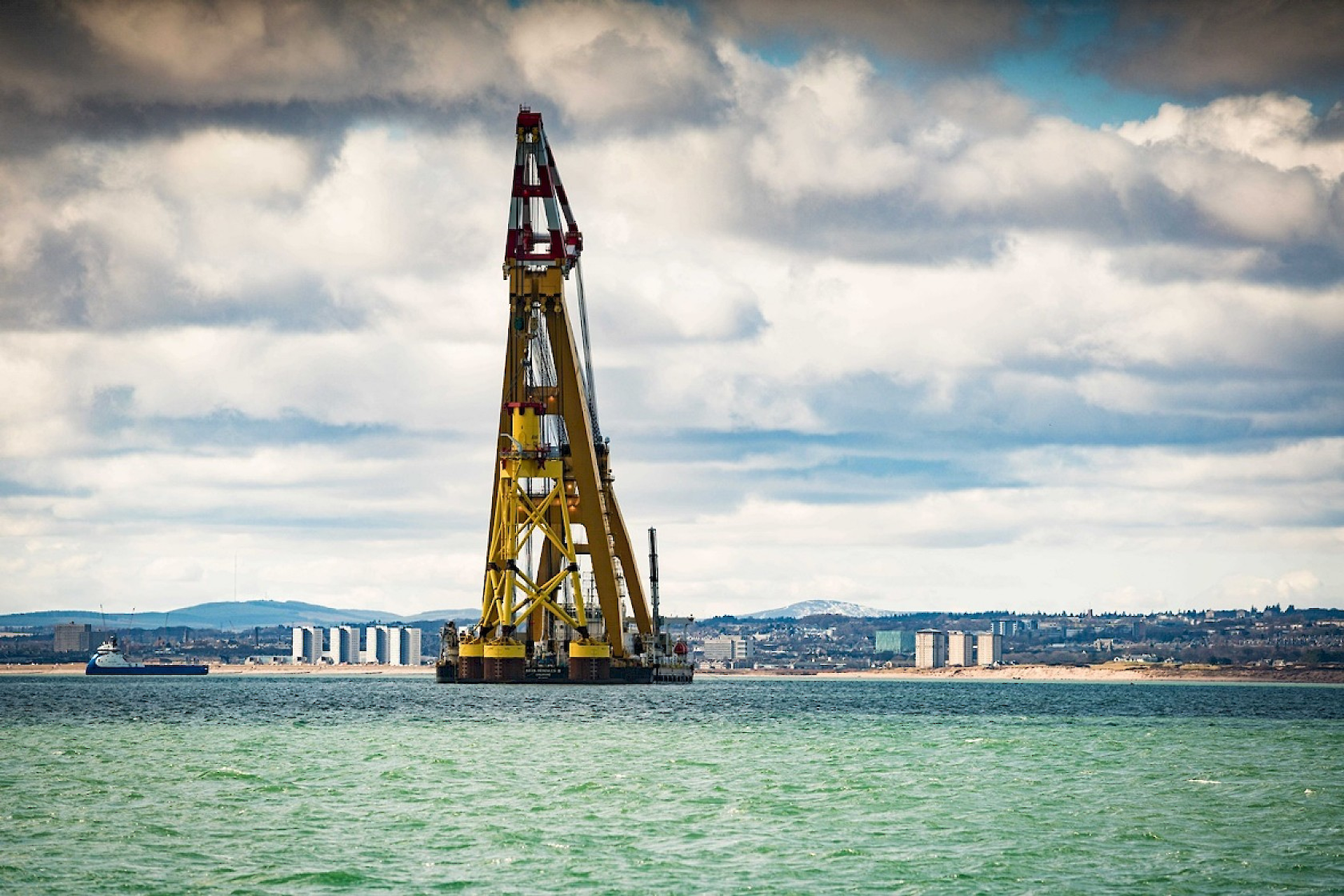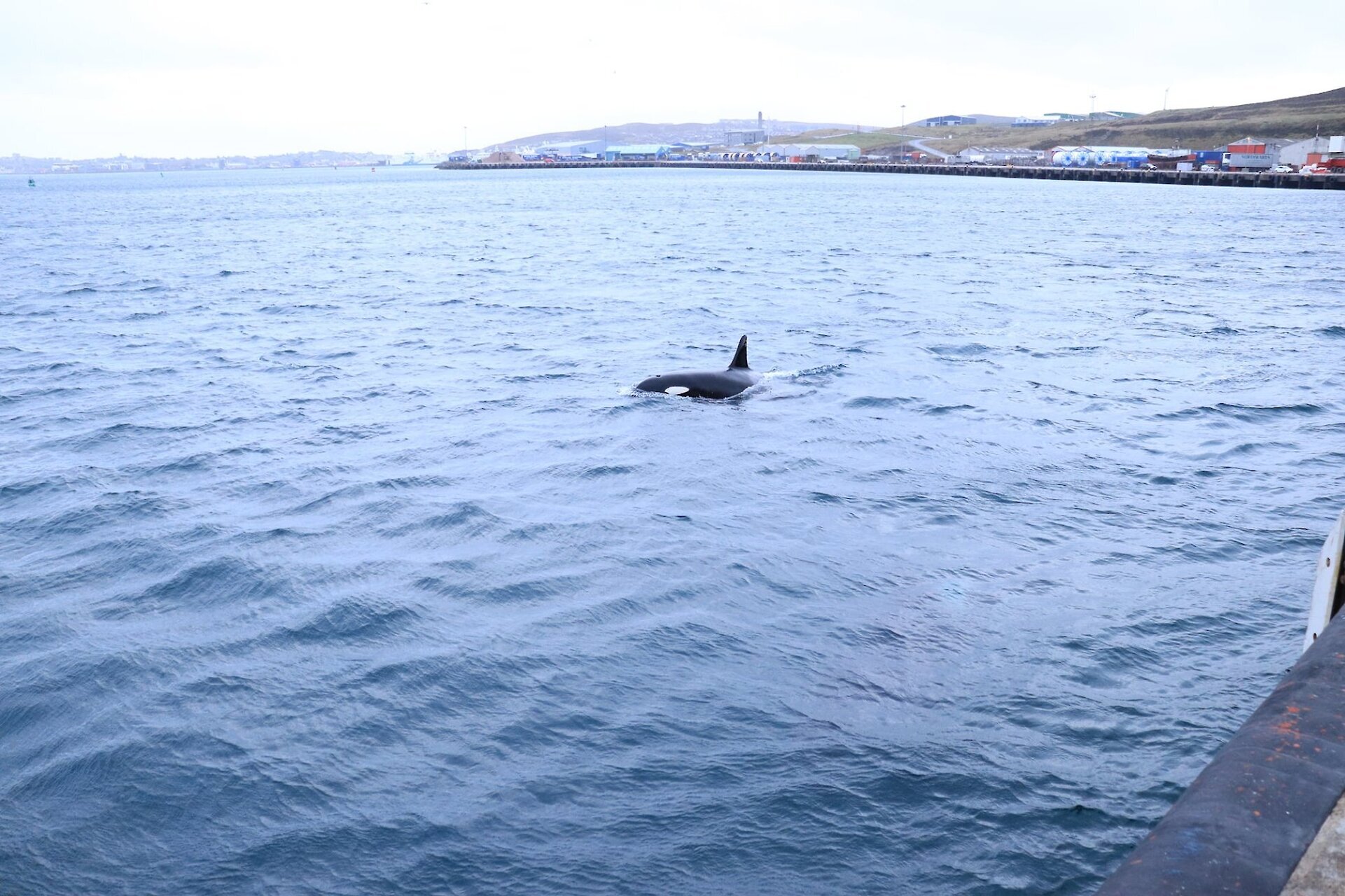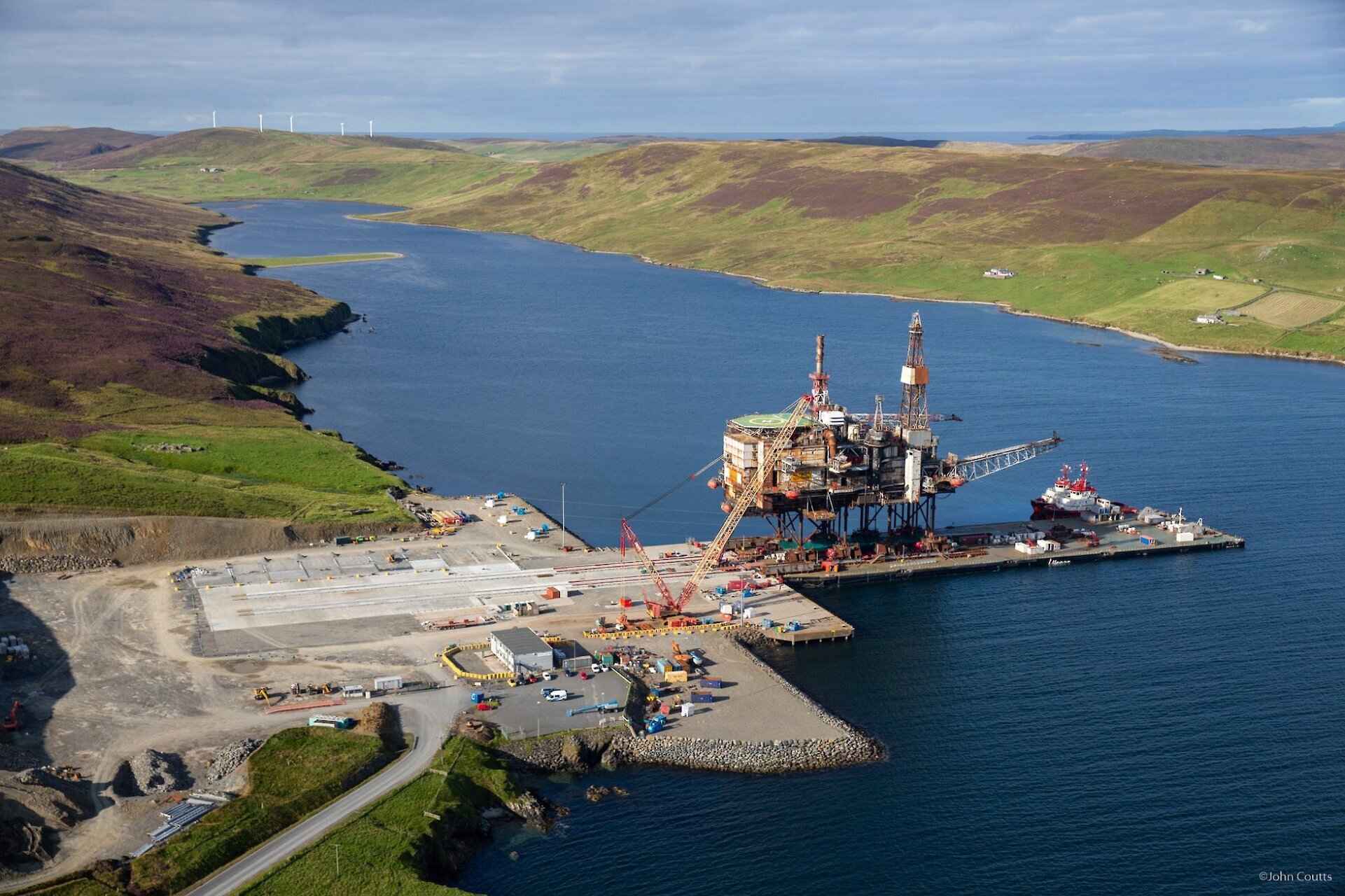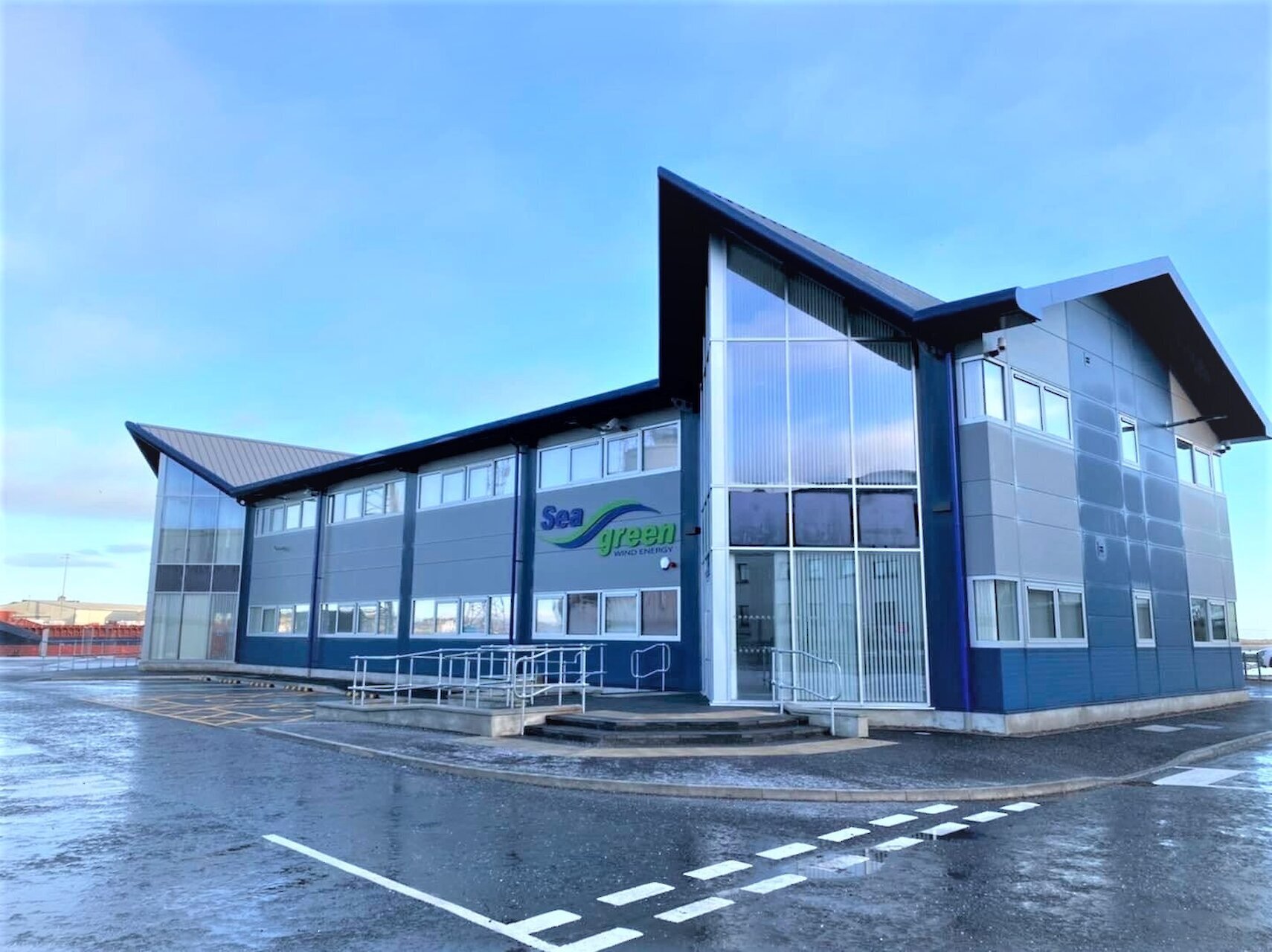Arch Henderson is playing its part in sustainable development, with our workload increasingly taken up with renewable energy and decommissioning projects. We are helping our many long-standing port infrastructure clients with feasibility studies and masterplanning, as well as designing new deep water quays and laydown areas in order for them to support greener industries, such as offshore wind farms and the decommissioning of fossil fuel infrastructure.
For over 100 years, Arch Henderson has been renowned for its maritime port civil and structural engineering management and project delivery, particularly in Scotland where the company has been working with many ports and harbours authorities - building piers, quays and other marine infrastructure. The climate change emergency has meant that our workload is rapidly changing towards supporting the renewables industries, and this is something we are embracing with enthusiasm. As well as supporting cleaner forms of energy, we are actively engaged in helping the safe decommissioning of fossil fuel industries; which will be ongoing for a few more decades as oil and gas platforms are dismantled and recycled. This in itself has required the development of deep water quays and heavy lift platforms and lay down areas in order to take ashore the giant structures.
As multi-disciplinary consulting engineers and architects our workload is determined by our clients, and we are here to advise on how to make their projects more sustainable. The priorities for construction have evolved and mitigating climate change is now as high a priority as health and safety and affordability. It needs to be too, not just to hit net zero carbon targets, but also because stakeholders are demanding it. The creation of the built environment has been one of the biggest contributors to climate change, but improved building methodology has meant that it is becoming easier to decarbonise construction. It simply requires new ways of thinking, experience and understanding of new construction techniques and materials, and the will to make change happen. Collaboration is key to success and we have built up excellent partnerships with experts in ecology and environmental management.
Our current projects include working with Orkney Islands Council on its Harbours Masterplan which will enable this forward thinking council to develop its assets and infrastructure to provide support to the growing offshore renewables industry and to help tackle the decarbonisation of ports and shipping through the energy transition towards carbon zero. Orkney Islands Council anticipates investing £230 million in its vision for a cleaner, greener future, but a future that will also generate social and economic benefits. This ambitious project will result in a new deep water quay at Scapa which will provide 575m of quay at a depth of 15m with 20 hectares of laydown area. The Hatston pier project will provide a 300m quay extension at 10m depth and 7.5 hectares of laydown area. The result of these projects will make Orkney a major hub for the offshore wind sector. We are also working with a number of renewable energy infrastructure development groups.
One of the solutions we worked on for a major project included sourcing materials locally. For example over £50 million in port infrastructure projects undertaken for Lerwick Port Authority in the last 10 years has used over 0.75 million tonnes of inert stone fill from adjacent hillside while in process of forming 5 hectares of future laydown areas, rather than source material from distant commercial quarries. We have also advised on the reuse and refurbishment of existing buildings which is both greener, and can be more cost effective. For example Seagreen's new O&M Base at Montrose was built using the steel frame, staircases, raised access floors and other components from a building site in Aberdeen. This together with reusing a communications mast saved over 120 tonnes of CO2. Our architects have helped many clients repurpose buildings or to provide energy-efficient cooling or heating solutions, or suggest more sustainable building solutions. For example, one of our designers recently proposed that a new building for the Foresty Commission which once would have had a steel frame will now be built using timber and glulam.
So many of our projects take place in coastal areas, and therefore we have built up experience and understanding of the impact of development on the wildlife and how to ensure that marine mammals, fish and other marine life are not harmed. For example, most Scottish harbours are busy not just with fishing boats and other marine traffic, but are home to many protected species, such as otters, orcas, dolphins and rare birds. We work with NatureScot, SEPA, Marine Scotland and Crown Estates to ensure that our projects comply with all relevant legislation, and in doing so we are always delighted that otters quickly take advantage of any new rock armour to create holts for their families, and that orcas travelling through the harbour are becoming increasingly common.
Here are some of our most recent projects that we have worked on that are contributing to a greener, cleaner future.
 Proposed Scapa Deep Water Quay (image courtesy of OIC)
Proposed Scapa Deep Water Quay (image courtesy of OIC)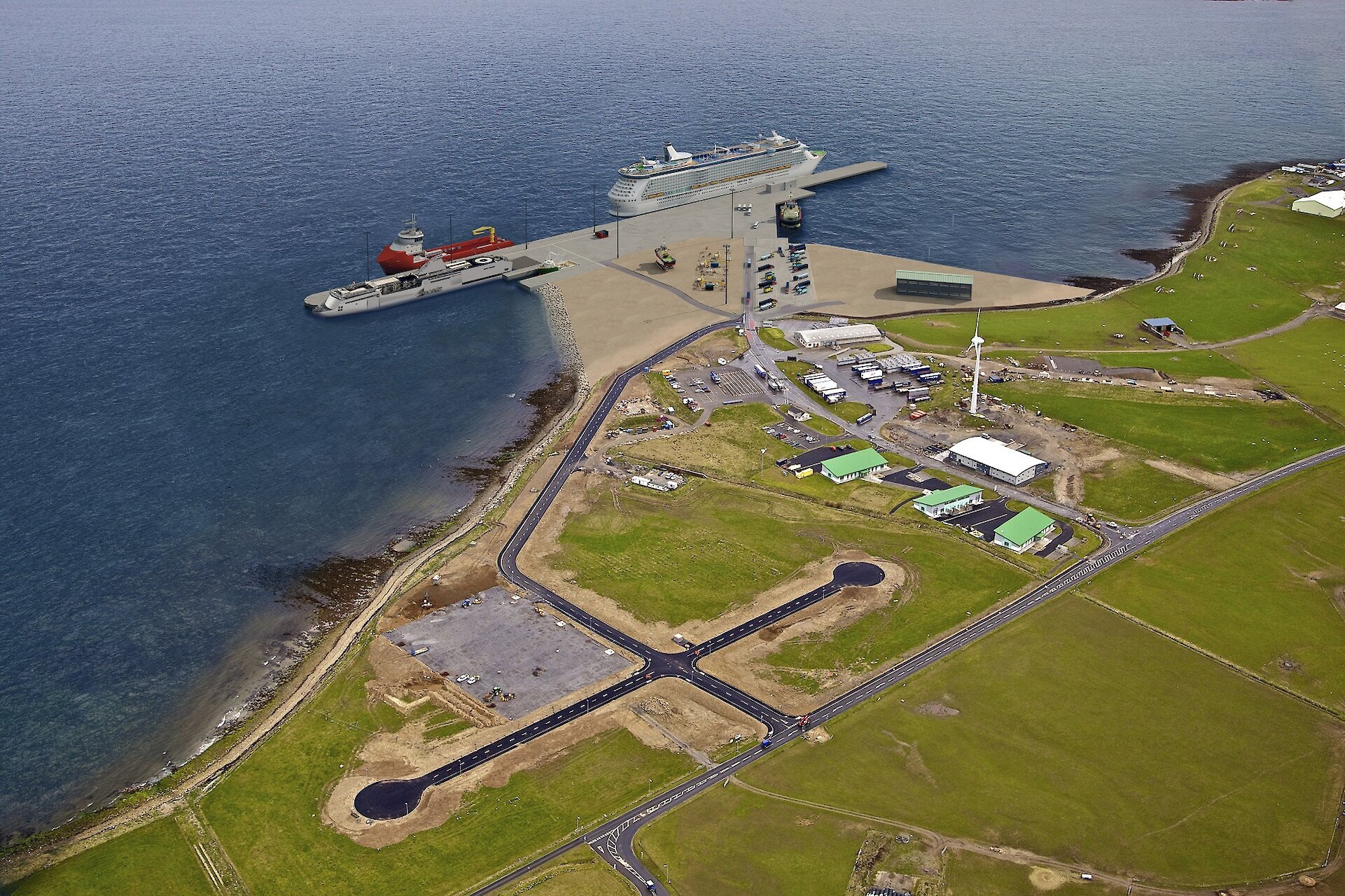 Proposed extension to Hatston Pier (image courtesy of OIC)
Proposed extension to Hatston Pier (image courtesy of OIC) Ninian Platform at Dales Voe Decommissioning Base
Ninian Platform at Dales Voe Decommissioning Base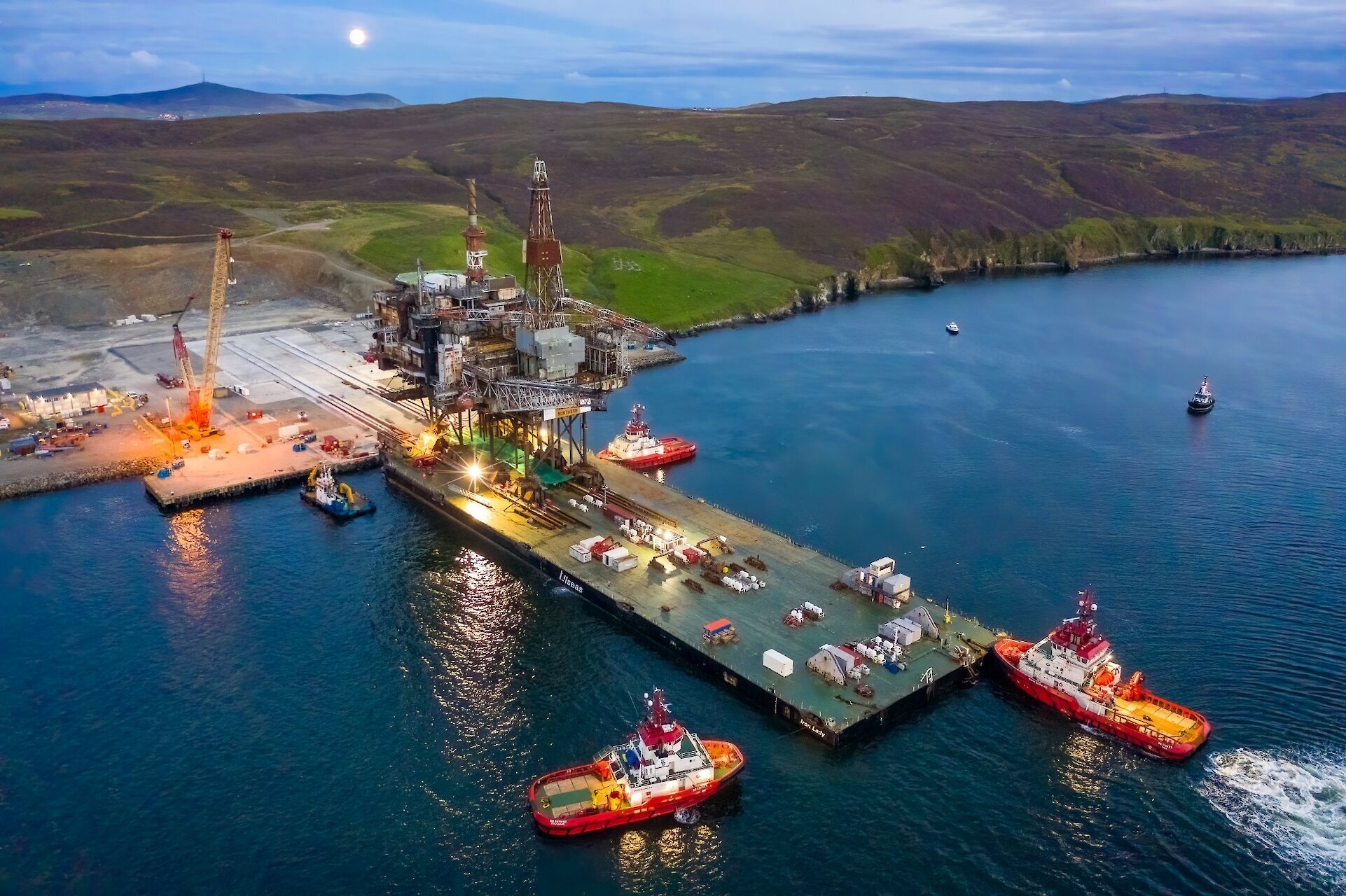 Ninian platform coming ashore
Ninian platform coming ashore Seagreen building refurbished
Seagreen building refurbished
